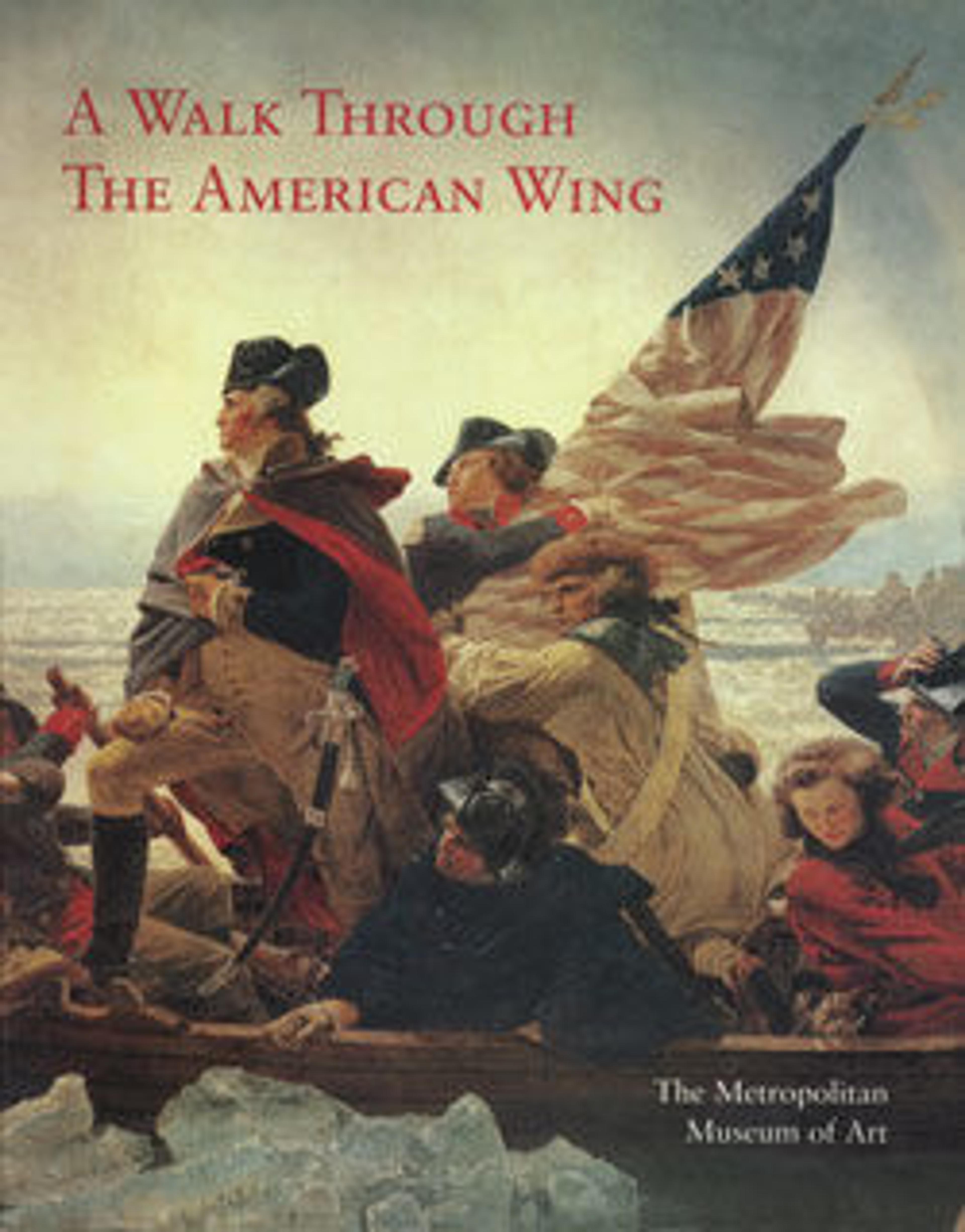Gentleman’s secretary
One of only about a dozen known examples attributed to Nehemiah Adams, this piece shows great unity of design, achieved through the rhythmic use of ellipses—a favorite Neoclassical shape—in the panels of the cabinet base. The ellipses are echoed in the muntins (the strips dividing the individual panes of glass) of the glazed upper bookcase doors. The form of this gentleman's secretary-and-bookcase is derived from plate 52 of Thomas Sheraton's "The Cabinet-Maker and Upholsterer's Drawing Book" (London, 1793).
Artwork Details
- Title:Gentleman’s secretary
- Maker:Attributed to Nehemiah Adams (1769–1840)
- Date:1800–1810
- Geography:Made in Salem, Massachusetts, United States
- Culture:American
- Medium:Mahogany, mahogany veneer, satinwood with white pine
- Dimensions:96 x 68 x 18 in. (243.8 x 172.7 x 45.7 cm)
- Credit Line:Gift of Mrs. Russell Sage, Bequest of Ethel Yocum, Bequest of Charlotte E. Hoadley, and Rogers Fund, by exchange, 1971
- Object Number:1971.9
- Curatorial Department: The American Wing
Audio
3845. Gentleman's secretary
0:00
0:00
We're sorry, the transcript for this audio track is not available at this time. Please email info@metmuseum.org to request a transcript for this track.
More Artwork
Research Resources
The Met provides unparalleled resources for research and welcomes an international community of students and scholars. The Met's Open Access API is where creators and researchers can connect to the The Met collection. Open Access data and public domain images are available for unrestricted commercial and noncommercial use without permission or fee.
To request images under copyright and other restrictions, please use this Image Request form.
Feedback
We continue to research and examine historical and cultural context for objects in The Met collection. If you have comments or questions about this object record, please contact us using the form below. The Museum looks forward to receiving your comments.
